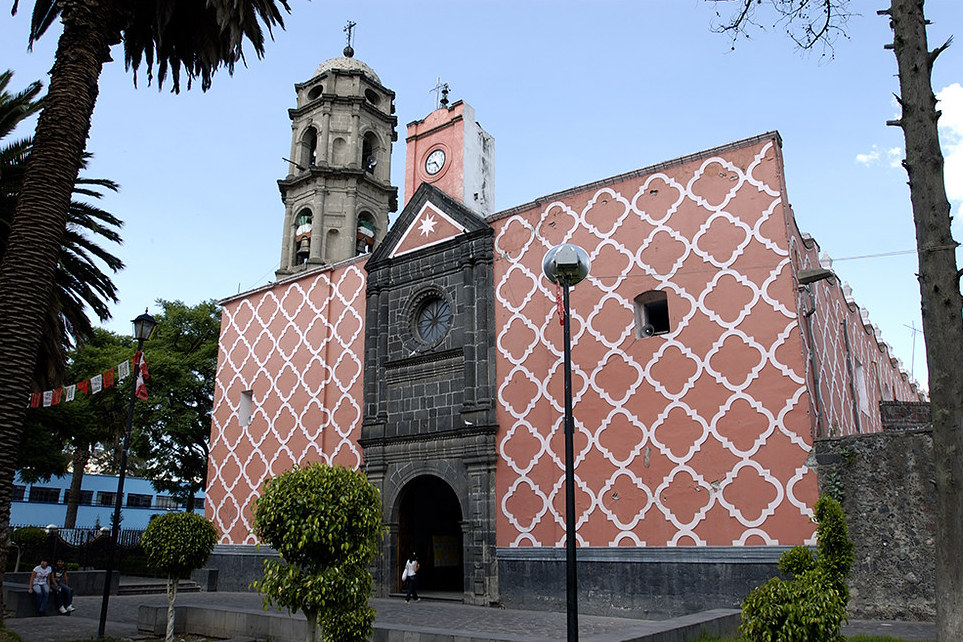
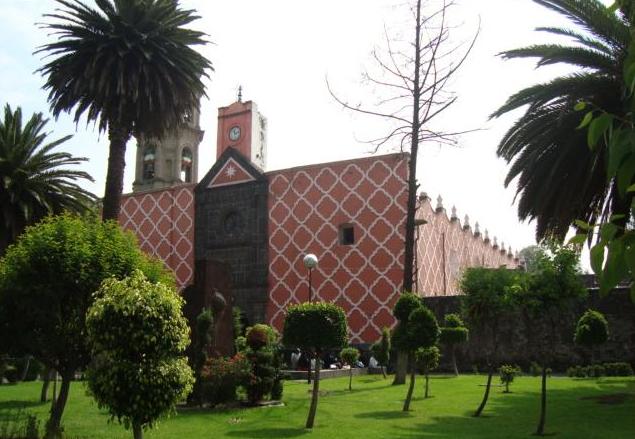
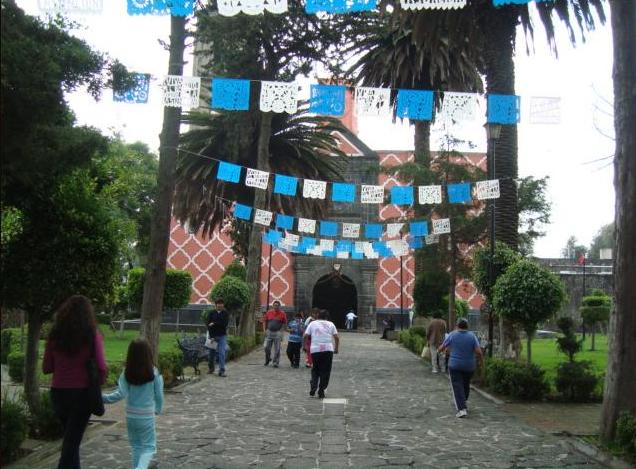
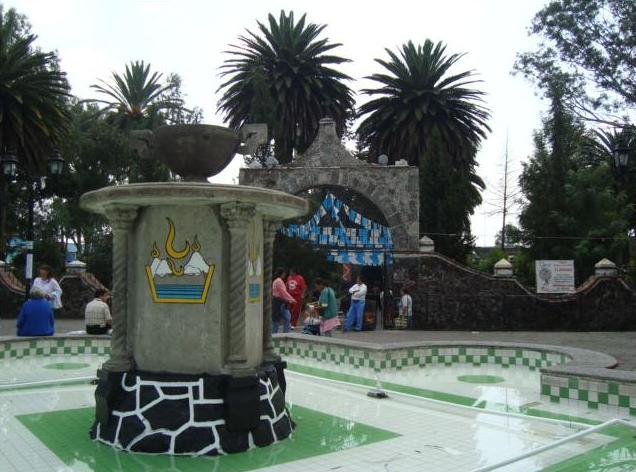
Photos: Catedrales e Iglesias/Cathedrals and Churches, Attribution 2.0 Generic (CC BY 2.0)
The San Pedro Apóstol Church in Tláhuac is the church at the center of what was once – all of Tláhuac – and an island to itself. In fact, it remained an island until well into the colonial period.
Today it’s both a charming pueblito, (or small town), and the seat of the alcaldía government. It’s also among the most important of the seven original settlements of Tláhuac.
Settled at the end of the 12th century, by 1430 with the emergence of the Triple Alliance, it was established as a realm covering much of the southeastern Valley of Mexico. San Pedro Apóstol Tláhuac was the physical center of that island-based fiefdom.
The Franciscans began building a temple on the former ceremonial center already in 1529. The current temple of St. Peter the Apostle came about at the beginning of the 16th century. By the end of the century, they had a substantial building with three naves, but power was passed to the Dominicans, and they would be tasked with rebuilding the church at least three more times. Most famously, the architect Ignacio Castera rebuilt the temple between 1790 and 1806.
Today, you’ll find in those three naves, images of Saint Peter, San Joachim, and the Holy Trinity. The clock in the tower dates to 1924–a gift from the local land cooperative.
The town still holds on to the chinampas to the west. It’s one of the string of Chinampa Farming Towns that extend eastward from Xochimilco. The residual lake, Lago de los Reyes Aztecas is in the south of the town.
The town center is very lively and makes for a pleasant day-visit. The lake can be reached by traveling south along the Calzada Tláhuac-Tulyehualco. The Xochimilco-style trajineras offer canal rides and tours similar to those in more well-known Xochimilco.
Don’t miss it!: Near the entrance to the cemetery, two circular stones are mounted with round hole in their centers. These are very old rings from the famous Meso-American ballgame played prior to the Spanish invasion. Very rare, they make for a curious reminder of the site’s ancient character.
 55 5842 0129
55 5842 0129

Nearest at 0.05 kms.
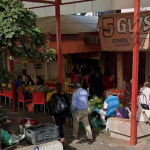
Nearest at 0.08 kms.
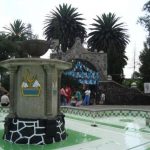
Nearest at 0.10 kms.

Mexico's National College is dedicated to the free sharing of knowledge and learning.
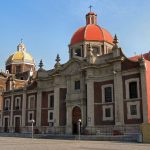
The head church in charge of many of the surrounding chapels, Capuchins is still going strong.
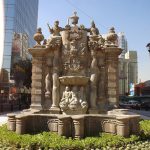
A startling colonial period fountain, almost lost in a snarl of traffic, Salto del Agua has always been that point.
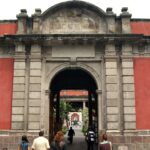
La Ciudadela has at least as much history in its own stones as upon its many shelves, and it's always free.